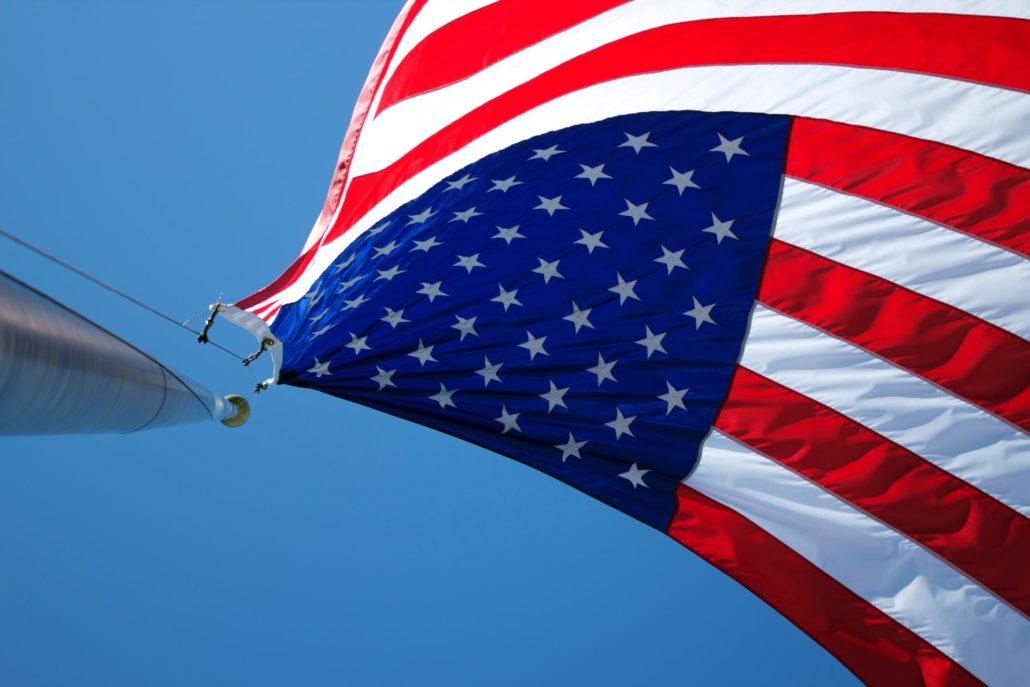By Tsveta Boeva

In response to the COVID-19 pandemic, the U.S. administration has been implementing various changes affecting travel into the U.S. and the application process for immigrant and several non-immigrant visas. To help you make informed decisions concerning international travel and visa applications, we will summarize the current status of some of those changes, that may be relevant to you.
1. Suspension of entry in the U.S. from the Schengen area, United Kingdom, Ireland, China, Iran, and Brazil
The suspension of entry in the U.S. of foreign nationals, who have been physically present within the Schengen area, United Kingdom, Ireland, China, Iran, and Brazil for a period of 14 days prior to their attempted arrival in the U.S., remains in effect.
The following individuals are exempt from the suspension:
• U.S. citizens.
• Permanent residents.
• Spouses, parents, legal guardians, siblings, children, wards, prospective adoptees of U.S. citizens or permanent residents, subject to certain conditions.
• Anyone who travels at the invitation of the U.S. government for the purpose of containing and mitigating the virus.
• Holders of C-1, D, or C-1/D visas as crewmembers or anyone who travels to the U.S. as air or sea crew.
• Diplomats, foreign officials, employees of international organizations, and their immediate family members or anyone whose travel falls within the scope of section 11 of the United Nations Headquarters Agreement.
• Holders of E-1 visas, working as employees of Taipei Economic and Cultural Representative Office, and the immediate family members of those employees.
• Anyone whose entry would not pose a significant risk of transmitting the virus, as determined by the U.S. Secretary of Health and Human Services.
• Anyone whose entry would further important U.S. law enforcement objectives.
• Anyone whose entry would be in the U.S. national interest.
• Members of U.S. Armed Forces and their spouses and children.
Travelers who are exempt from the ban, will be able to enter the U.S. only through 15 designated airports.
2. Travel restrictions applying to individuals traveling from Mexico and Canada
The restriction of non-essential travel applying to individuals traveling from Mexico and Canada through the U.S. land ports of entry and ferry terminals has been extended 3 times and is currently in effect until July 21, 2020.
Essential travel includes, but it is not limited to:
• U.S. citizens and lawful permanent residents returning to U.S.
• Traveling for medical purposes.
• Traveling to attend educational institutions.
• Traveling to work (e.g., individuals working in the farming or agriculture industry).
• Traveling for emergency response and public health purposes.
• Lawful cross-border trade (e.g., truck drivers supporting the movement of cargo).
• Official government travel or diplomatic travel.
• Members of the U.S. Armed Forces, and the spouses and children of members of the U.S. Armed Forces, returning to the United States.
• Traveling to engage in military-related travel or operations.
3. Suspension of routine visa services at U.S. Embassies
All routine visa services at U.S. Embassies are suspended, except for emergency and mission critical visa services and services to U.S. citizens. The suspension is still in effect. This does not affect the Visa Waiver program.
4. Suspension of immigrant visa applications
Foreign nationals, who are outside of the U.S., cannot apply for immigrant visas until December 31, 2020, even if Embassies resume visa services before December 31, 2020.
The following individuals are not affected by the suspension and will be able to apply for an immigrant visa when Embassies resume services:
• Applicants who seek to enter the U.S. on an immigrant visa based on employment as a physician, nurse, other healthcare professional; to perform medical research or other research intended to combat the spread of COVID-19; or to perform work essential to combating, recovering from, or otherwise alleviating the effects of COVID-19 outbreak; and the spouses and children of those applicants.
• Applicants of an immigrant visa pursuant to the EB-5 investor program.
• Spouses, children, or prospective adoptees of U.S. citizens.
• Anyone whose entry would further important U.S. law enforcement objectives.
• Any member of the U.S. Armed Forces and their spouses and children.
• Applicants who seek to enter the U.S. pursuant to a Special Immigrant Visa for Iraqi and Afghan nationals to work for or on behalf of the U.S. government or to work as translators or interpreters for the U.S. military, their spouses and children.
• Anyone whose entry would be in the U.S. national interest.
Since the suspension applies to individuals who are outside of the U.S., it does not affect foreign nationals who are in the U.S. and wish to apply for adjustment of status (green card application submitted at the U.S. Citizenship and Immigration Services while physically present in the U.S.).
Additionally, permanent residents and holders of a valid immigrant visa or an official travel document (such as a transportation letter, an appropriate boarding foil, or an advance parole) will be able to travel to the U.S.
5. Suspension of L, H, and J visa applications
Foreign nationals, who are outside of the U.S., cannot apply for L-1, L-2 (spouses and children of L-1 visa holders), H-1B, H-2B, H-4 (spouses and children of H-1B or H-2B visa holders), J-1, and J-2 (spouses and children of L-1 visa holders) visas until December 31, 2020, even if Embassies resume visa services before December 31, 2020.
Individuals, who are not affected by the suspension and will be able to apply for an L-1, H-1B, H-2B, H-4, J-1, or J-2 visa when Embassies resume operations are as follows:
• Spouses and children of U.S. citizens.
• Individuals seeking entry to provide temporary labor or services essential to the U.S. food supply chain.
• Anyone whose entry would be in the U.S. national interest.
Holders of valid L-1, H-1B, H-2B, H-4, J-1, or J-2 visas will be able to travel to the U.S.
Further, since the suspension applies to foreign nationals who are outside of the U.S., holders of L-1, H-1B, H-2B, H-4, J-1, or J-2 status, who are in the U.S., will be able to remain in the U.S. under their current status. They will be able to apply for extension of their status, without having to leave the U.S. If, however, they leave the U.S. and their visa has expired, they will not be able to apply for a new visa in order to return to the U.S. In that case, if they are eligible to apply for a different visa type, for example a B-2 tourist visa, they will be able to return to the U.S., but will be admitted under B-2 status.
In summary, the suspension bars entry in the U.S. in L-1, H-1B, H-2B, H-4, J-1, or J-2 status only to those foreign nationals, who are outside of the U.S. and do not have a valid L-1, H-1B, H-2B, H-4, J-1, or J-2 visa.

